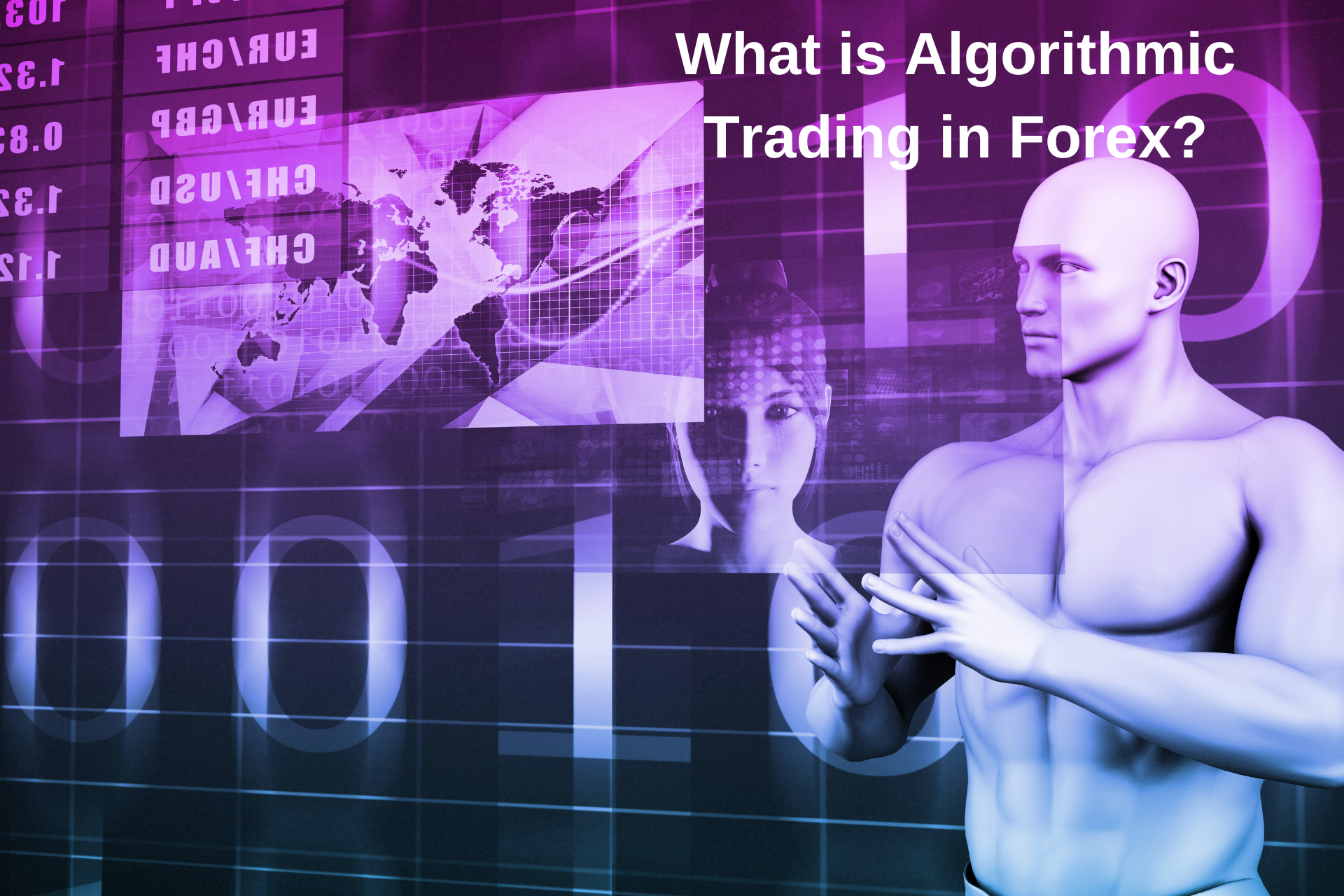What is Algorithmic Trading in Forex?
Algorithmic trading, or “algo trading,” is revolutionizing the way traders engage with the forex market. Leveraging computer programs and pre-defined algorithms, this trading strategy enables traders to automate their buying and selling decisions, significantly boosting speed and accuracy. In a market as fast-paced as forex, where opportunities can appear and disappear in seconds, algorithmic trading has become a go-to choice for traders looking to maximize efficiency.
What is Algorithmic Trading?
Algorithmic trading refers to the use of computer algorithms to execute trades automatically. These algorithms follow a set of rules defined by the trader, which can include factors like price levels, technical indicators, and timing. The advantage of algorithmic trading lies in its ability to process vast amounts of market data and execute trades within milliseconds—something no human trader can achieve manually.
Algorithms can range from simple to highly complex, depending on the trading strategy. In forex, they are particularly effective due to the market’s liquidity and 24/5 trading environment.
Key Benefits of Algorithmic Trading in Forex
Algorithmic trading provides a host of advantages that can enhance the performance of both beginner and seasoned forex traders:
1. Speed and Efficiency
In the forex market, timing is crucial. Algorithms can analyze data and execute trades faster than any human, capitalizing on micro-movements in the market. This speed is essential for high-frequency trading, where a delay of just a few milliseconds can make a difference.
2. Emotion-Free Trading
One of the biggest challenges in trading is managing emotions. Fear, greed, and hesitation can lead to poor decision-making. Algorithms remove the emotional element, executing trades purely based on pre-defined criteria. This logical approach promotes consistency and discipline, reducing the risk of impulsive decisions.
3. Continuous Market Monitoring
The forex market operates around the clock, making it nearly impossible for human traders to monitor it 24/5. Algorithmic trading systems can run continuously, ensuring that no trading opportunity is missed, even during off-hours or in different time zones.
4. Backtesting Capabilities
Algo trading enables traders to test their strategies against historical data. This feature allows you to see how your algorithm would have performed under different market conditions, helping you fine-tune it before risking real capital. Backtesting can also identify potential weaknesses, giving you a chance to optimize your strategy.
5. Reduced Transaction Costs
By executing trades rapidly and efficiently, algorithmic trading can minimize transaction costs. This efficiency often leads to tighter spreads and better pricing, enhancing profitability over time.
6. Diversification and Scalability
Algorithms can handle multiple trades simultaneously without sacrificing accuracy. This capacity allows traders to diversify their strategies across various currency pairs, spreading risk and potentially increasing returns.
How Does Algorithmic Trading Work?
Algorithmic trading in forex involves a series of well-defined steps, from strategy development to execution:
- Strategy Development: Traders start by creating a strategy based on technical indicators, statistical models, or market conditions.
- Programming: The strategy is coded into an algorithm using specialized programming languages or trading platforms.
- Backtesting: The algorithm is tested against historical data to ensure it performs as expected.
- Execution: Once verified, the algorithm is deployed in live markets, automatically executing trades based on real-time data.
- Post-Trade Analysis: Algorithms can adjust stop-loss or take-profit levels and handle trade closures based on market movements.
Popular Algorithmic Trading Strategies in Forex
Several algorithmic strategies are commonly used in the forex market:
1. Trend Following
These algorithms aim to capitalize on market momentum. By tracking price trends using indicators like moving averages, they execute trades in the trend’s direction, aiming to ride profitable waves.
2. Mean Reversion
Mean reversion strategies assume that prices will revert to their historical averages over time. Algorithms buy when prices are significantly lower than average and sell when they rise above the average, expecting a correction.
3. Arbitrage Opportunities
Arbitrage algorithms exploit price discrepancies between markets or currency pairs. They buy in one market and simultaneously sell in another to capture profits from temporary imbalances.
4. Momentum Trading
Momentum algorithms look for strong price movements and trade in the same direction, hoping to profit before the momentum fades. These strategies are particularly useful in volatile forex markets.
READ MORE:
Understanding Trend Reversal Points in Forex Trading
Rollovers Explained: How Overnight Interest Affects Your Forex Trades
10 Essential Factors That Drive Forex Rates – A Guide for Smart Traders
Challenges of Algorithmic Trading in Forex
Despite its benefits, algorithmic trading comes with its own set of challenges:
1. Market Volatility
Forex markets can be unpredictable, especially during major economic events. Algorithms must be robust enough to handle sudden market shifts and avoid false signals.
2. Technical Glitches
Technology can fail—connectivity issues, server failures, or bugs can disrupt trading. Reliable technology and backup systems are essential to minimize these risks.
3. Overfitting in Backtesting
Over-optimizing an algorithm for historical data can lead to strategies that perform poorly in live markets. It’s crucial to strike a balance between backtesting results and real-world application.
Conclusion:
Algorithmic trading has transformed the forex landscape, making trading faster, more efficient, and less prone to emotional errors. By using algorithms, traders can execute strategies with precision, confidence, and discipline, gaining a significant edge in a highly competitive market.
For those new to algorithmic trading, choosing the right platform is a critical first step. Look for platforms that provide a user-friendly interface, strong backtesting tools, and reliable execution. A good starting point is ForexHero, a platform offering automated solutions tailored to optimize your forex trading experience. Whether you’re a beginner or an experienced trader, tools like ForexHero can help you unlock the full potential of algorithmic trading.
Disclaimer
Any information provided in this article is not intended to be a substitute for professional advice from a financial advisor, accountant, or attorney. You should always seek the advice of a professional before making any financial decisions. You should evaluate your investment objectives, risk tolerance, and financial situation before making any investment decisions. Please be aware that investing involves risk, and you should always do your own research before making any investment decisions.

